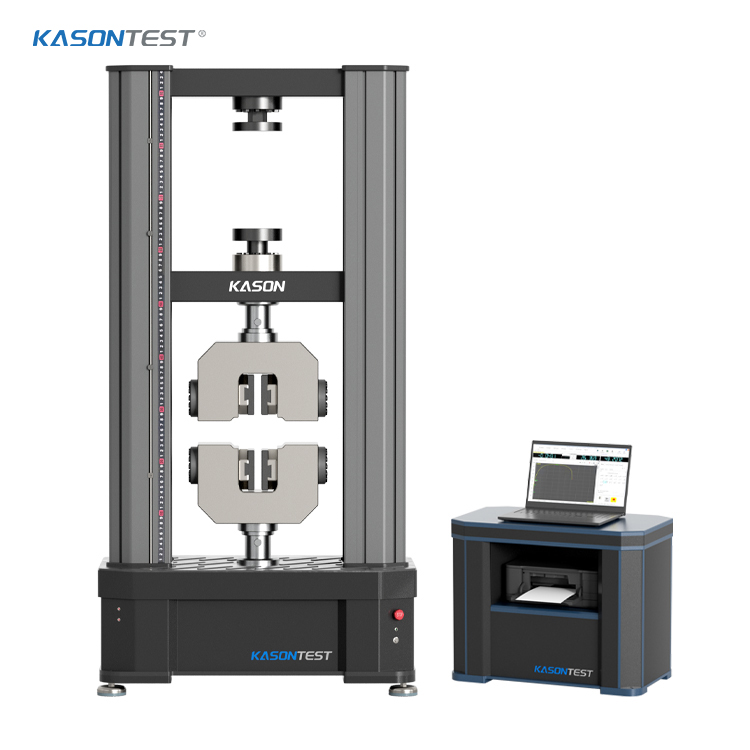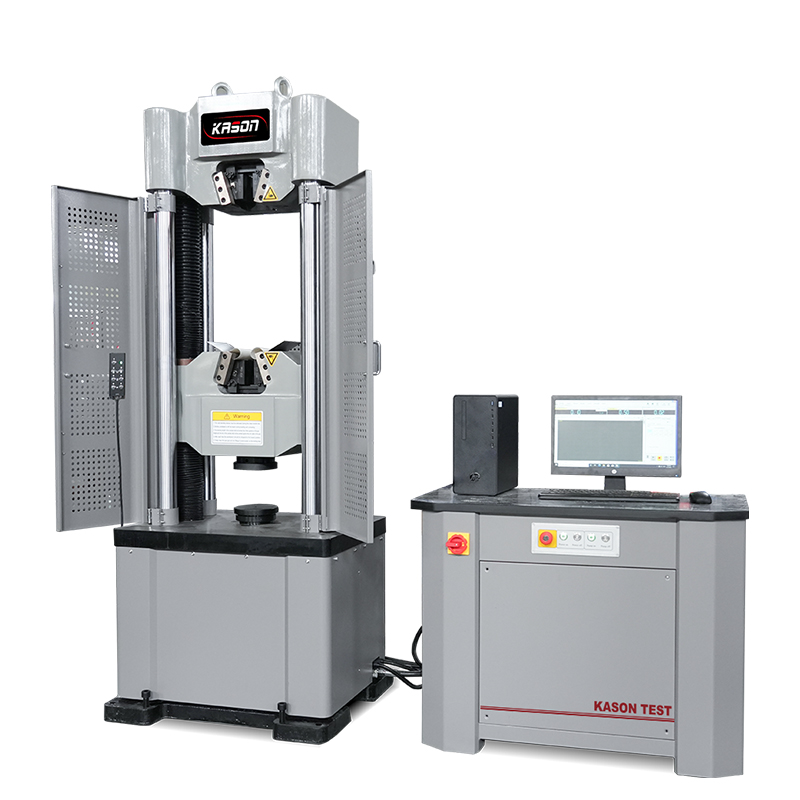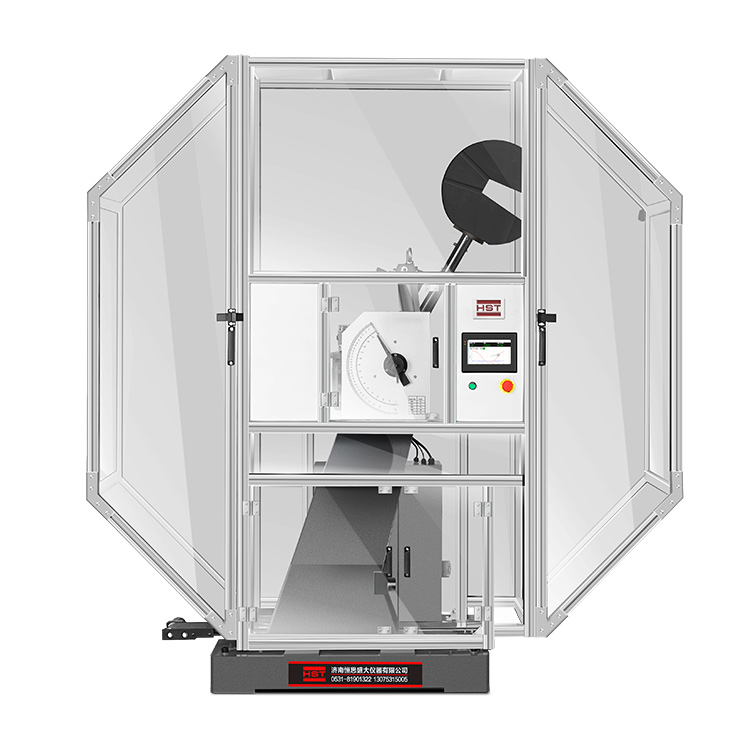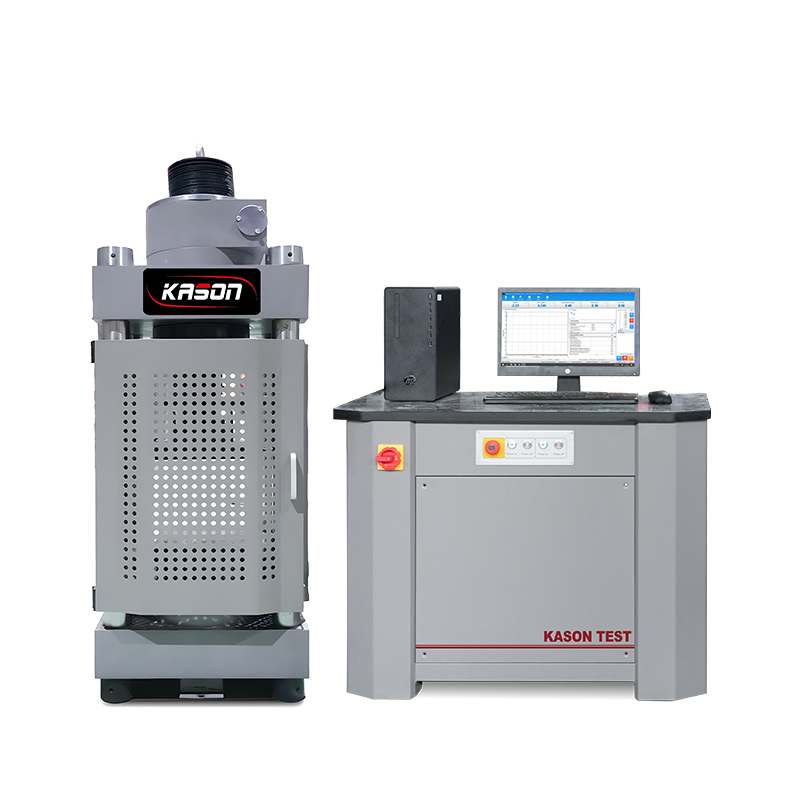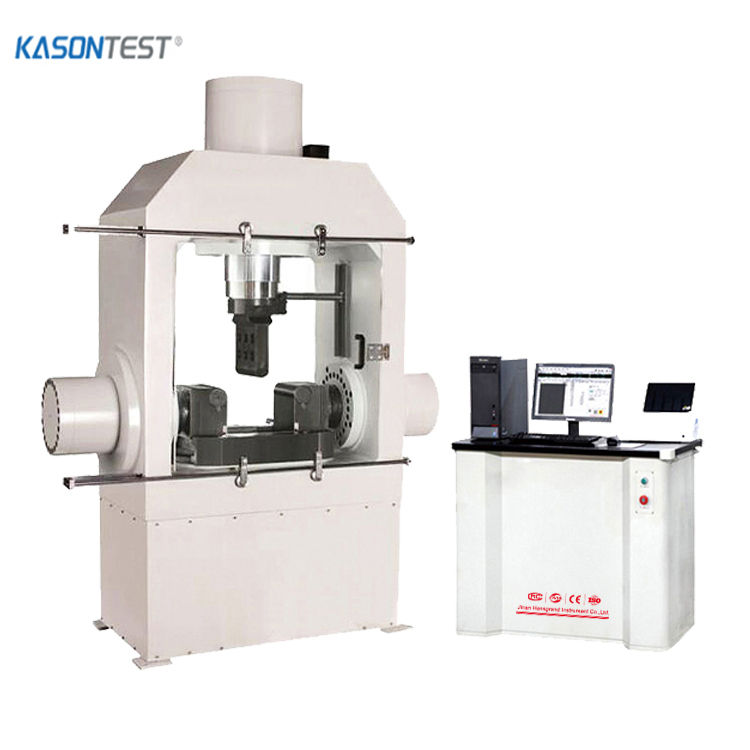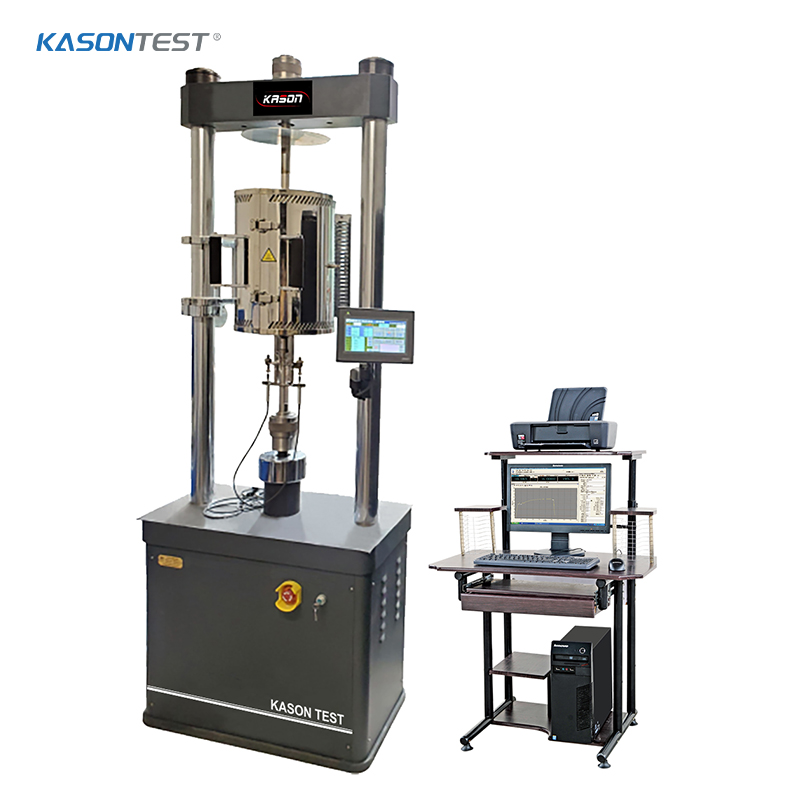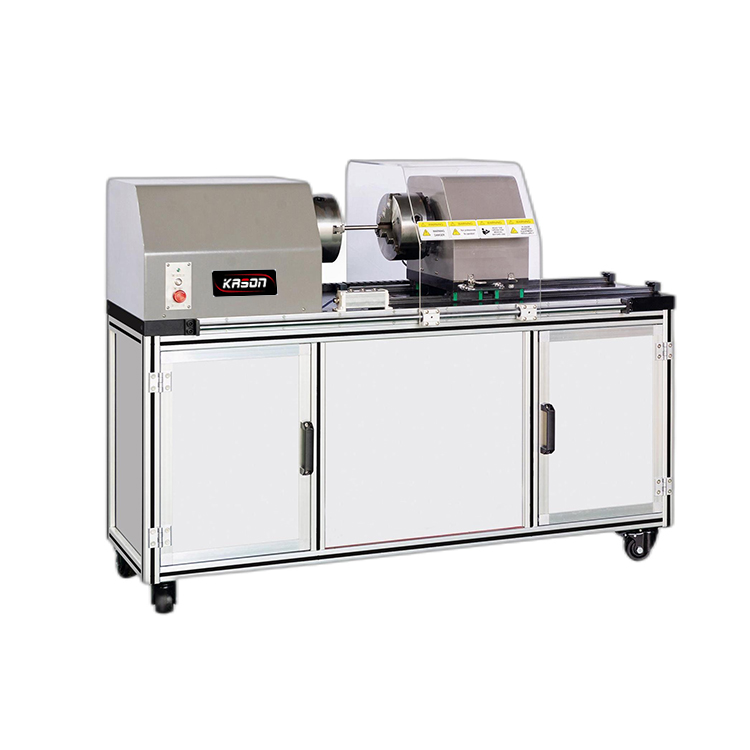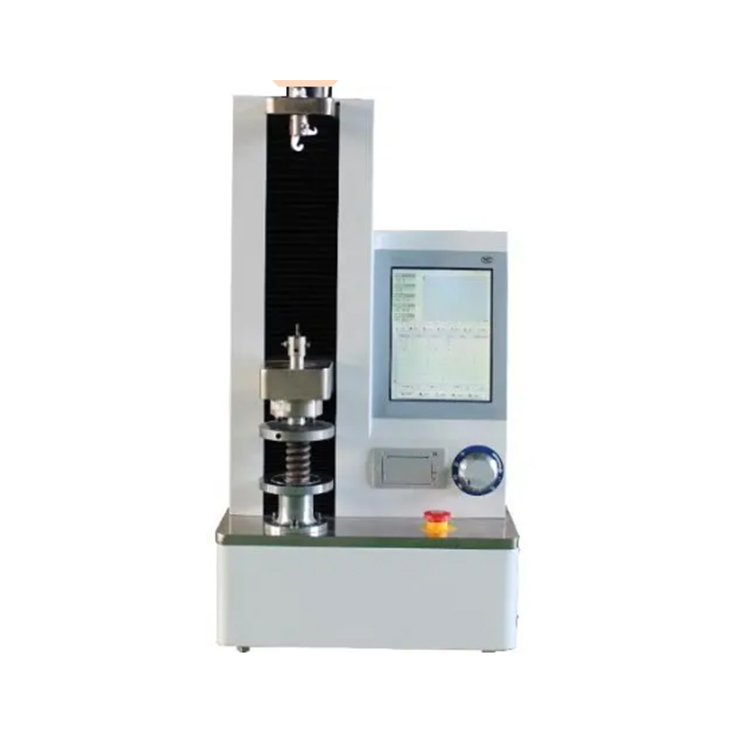Drop Weight Test
The drop weight test is a dynamic mechanical testing method used to evaluate the impact resistance and fracture behavior of materials, particularly metals, polymers, and composites. This test simulates sudden impact loading conditions, providing critical data on a material’s ability to absorb energy and resist fracture under high-speed deformation.The core principle of the drop weight test involves releasing a weighted hammer from a predetermined height onto a stationary specimen. The hammer’s potential energy converts into kinetic energy upon impact, inducing rapid deformation in the material. Key measurements include the energy absorbed during fracture, the impact velocity, and the nature of the fracture (brittle or ductile). Specialized variants, such as the Charpy or Izod tests, focus on notched specimens to assess notch sensitivity, a crucial factor in structural integrity.
Test equipment typically consists of a vertical guide rail, an adjustable hammer with known mass, a specimen holder, and energy-measuring devices like load cells or instrumented anvil systems. Modern setups often include high-speed cameras to capture the deformation process and fracture initiation. The hammer mass and drop height are varied to achieve specific impact energies, ranging from a few joules to several thousand joules, depending on the material’s strength.
Specimen preparation varies by material type but generally involves precise machining to standardized dimensions. Metallic specimens often include notches to concentrate stress, while polymer samples may be tested in their raw or processed form. Environmental controls, such as temperature chambers, allow testing under extreme conditions to evaluate cold brittleness or heat-induced degradation.
The drop weight test is widely used in industries such as aerospace, automotive, construction, and manufacturing. It plays a vital role in material qualification, ensuring components like pipelines, pressure vessels, and structural beams can withstand accidental impacts during service. In research, it aids in studying fracture mechanics, material toughness, and the effects of processing techniques on impact performance.
Advantages of this test include its ability to replicate real-world impact scenarios and provide quantitative energy absorption data. It complements static testing methods by revealing dynamic material behavior that static tests may miss. However, careful calibration of hammer mass, drop height, and specimen alignment is essential to ensure result reproducibility.
In summary, the drop weight test is an indispensable tool for assessing material reliability under impact loading, supporting the development of safer, more durable products across numerous engineering applications.

